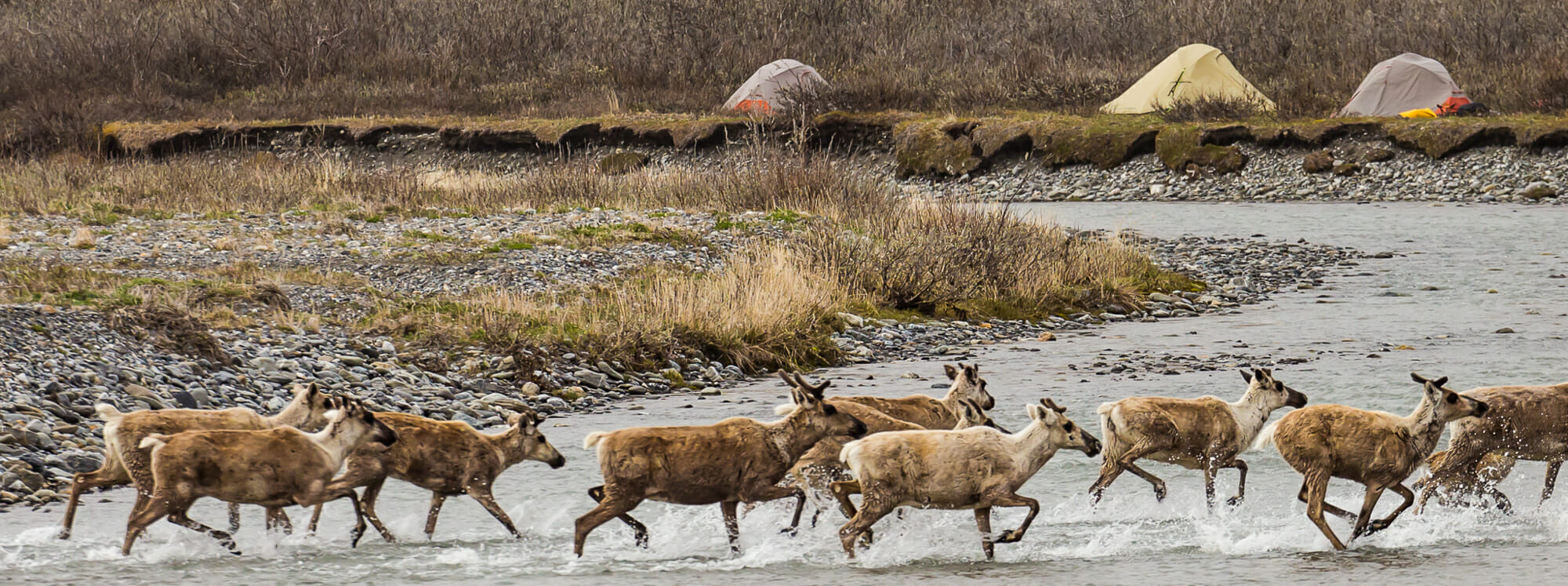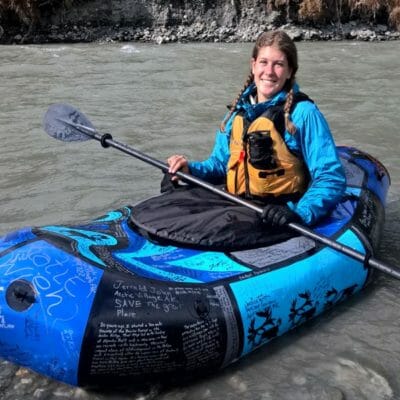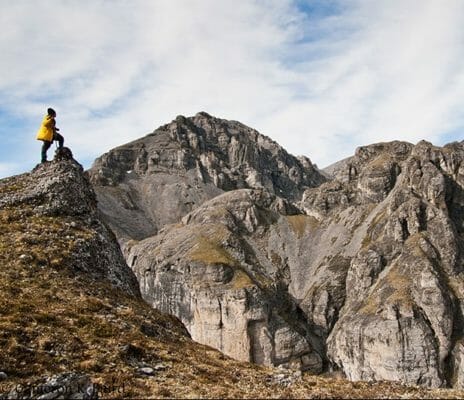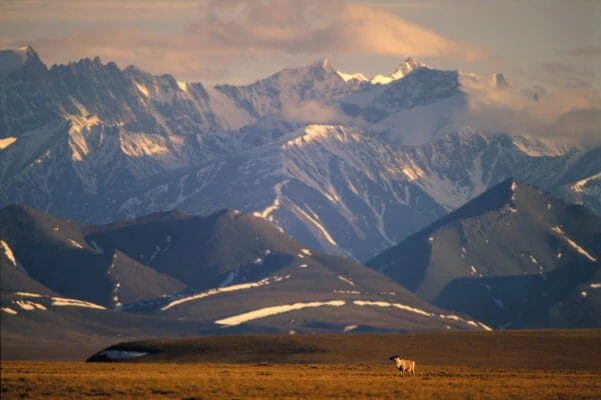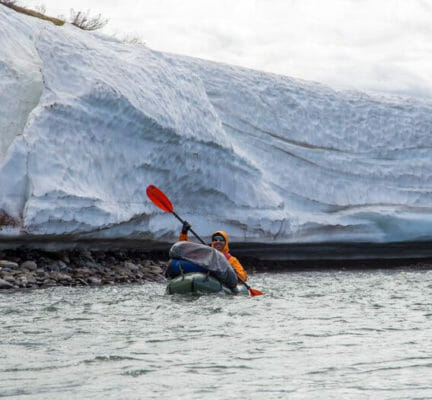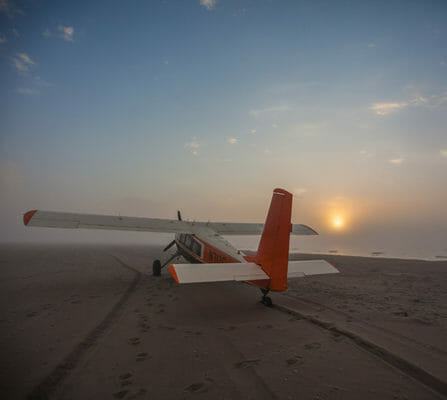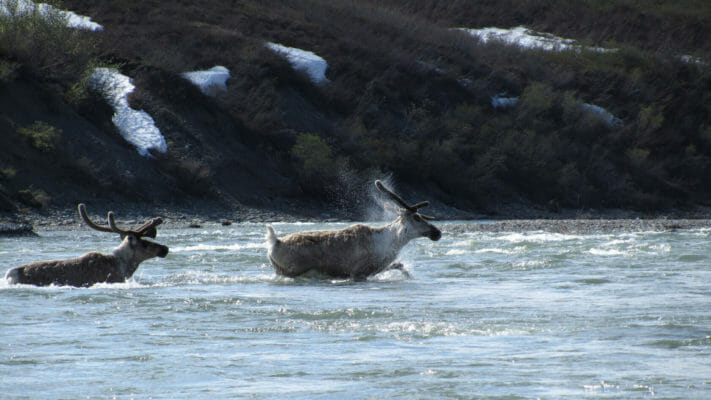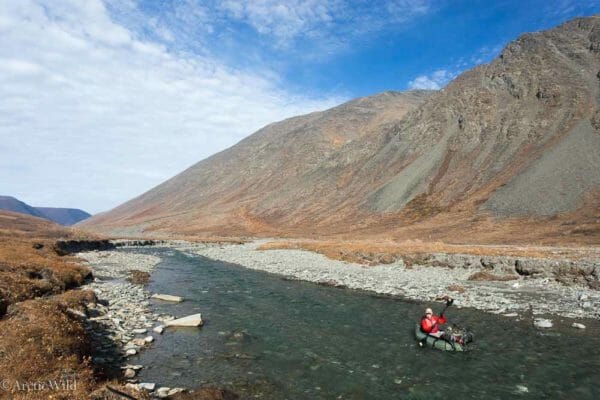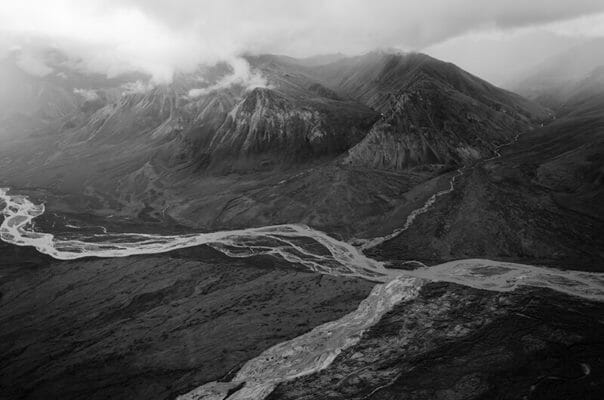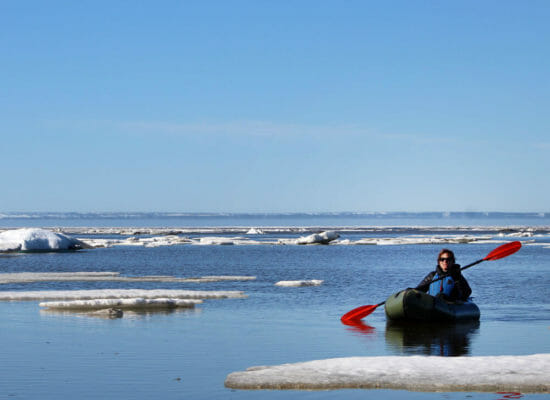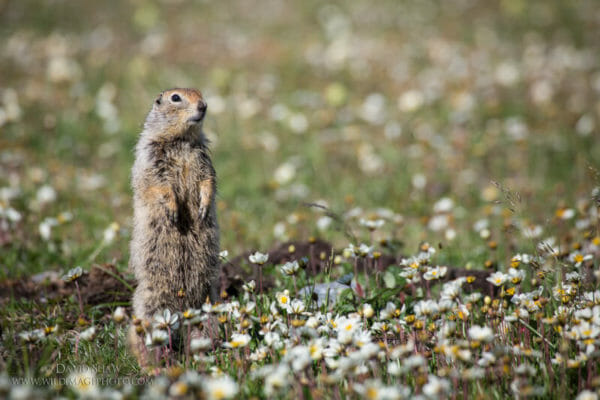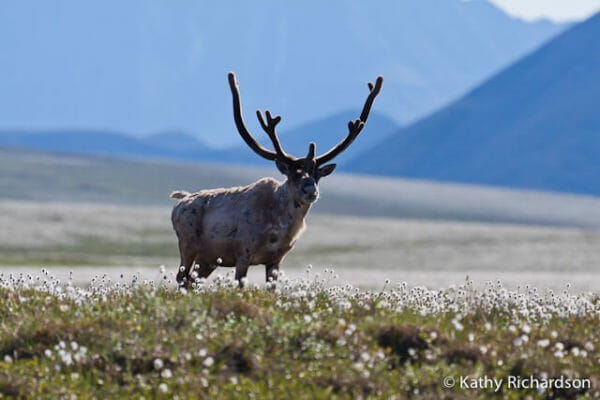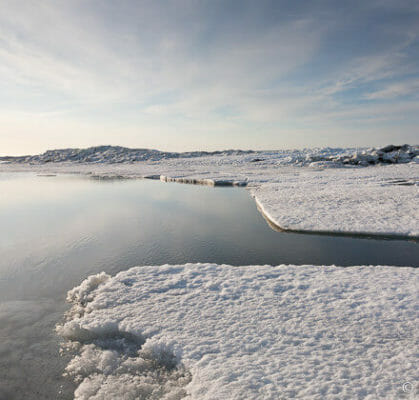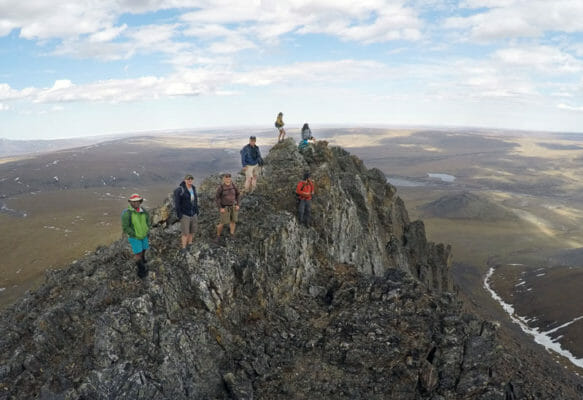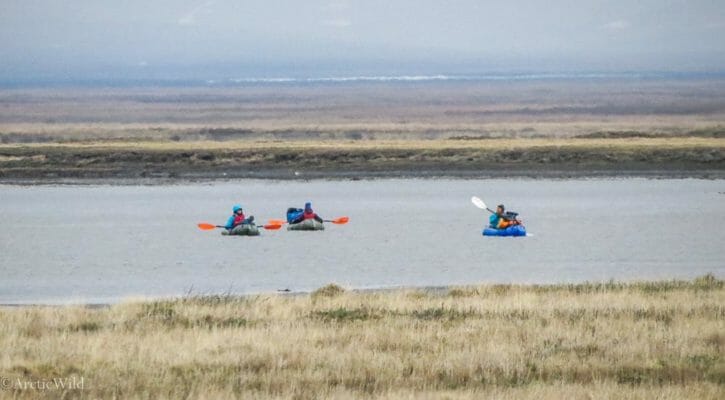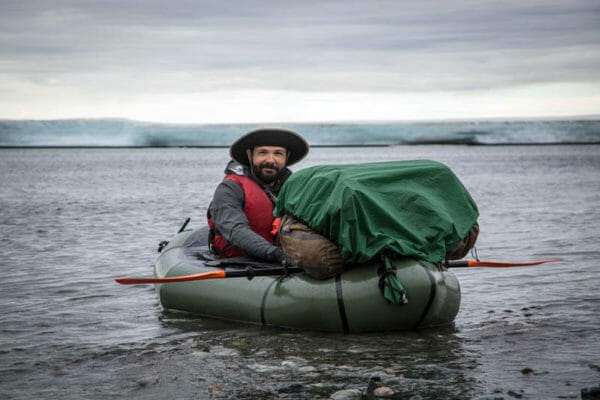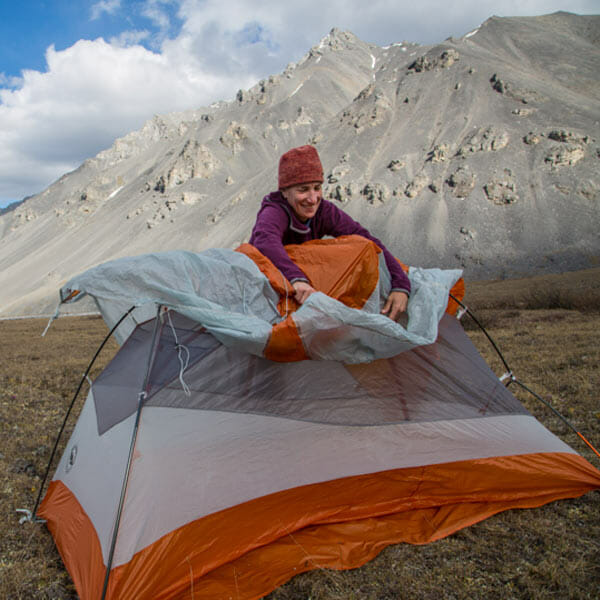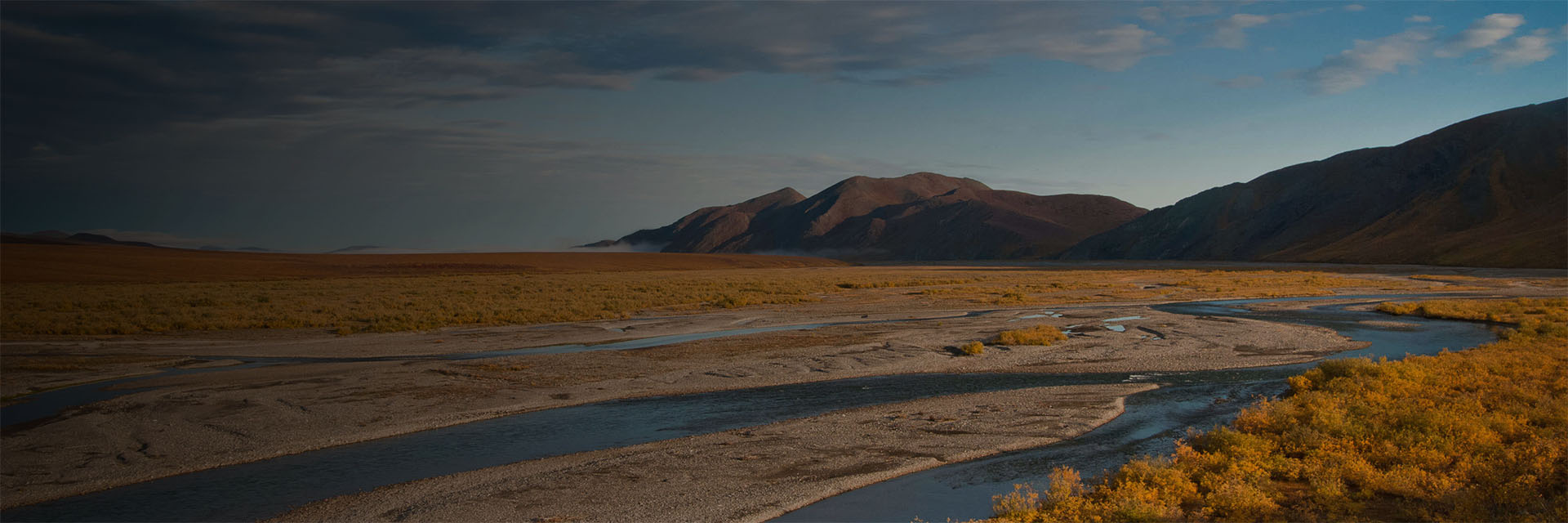Last updated: February 18, 2020
Itinerary
What follows is a general flow of events. Expect the unexpected and prepare to be flexible.
June 17
Meet your guide for a pre-trip meeting at 4 p.m. at the Arctic Wild headquarters in Fairbanks.
June 18
Fly 250 miles north from Fairbanks, across the Yukon River and the Arctic Circle to the Gwich’in Athabaskan village of Arctic Village. In Arctic Village we will meet our pilot for the beautiful flight over the Continental Divide past countless peaks and glaciers into the Aichilik River valley. After finding a suitable campsite, we will make camp, eat dinner and then take a hike under the midnight sun.
June 19 - 20
Dwarfed by peaks, we can explore all around our camp. The scenery is unbeatable and the hiking limitless. We’ll take two full days to base-camp and enjoy the northern edge of the northernmost mountains in Alaska.
June 21 - 22
Happy Solstice! Today we begin our paddle to the Arctic Ocean.
As the river exits the mountains the sky broadens and the river braids into multiple channels. Once you get the knack of following your guide through the deepest water, you will make good time and can scan the banks for bear, wolf, and caribou. Traveling towards the coast the wildlife changes along with the scenery. Waterfowl collect on the gravel bars and arctic fox can be found denning on the sandy banks. To the south, the Brooks Range dominates the skyline.
June 23
Approaching the coast, the current slows and you enter one of the most wildlife rich portions of the Arctic Refuge. The Aichilik Delta is a birder’s paradise. After negotiating the delta, we paddle across the coastal lagoon to a barrier island in the Arctic Ocean. Most years there is sea ice still attached to the shore and we have an endless evening to explore this austere land of sky and ice. The sun won’t even come close to setting.
June 24
Pack your gear and begin listening for our airplane. When it arrives (weather permitting) we reluctantly load our gear and ourselves for the flight back through Arctic Village and on to Fairbanks, arriving in time for a late dinner. A shower is in order.





